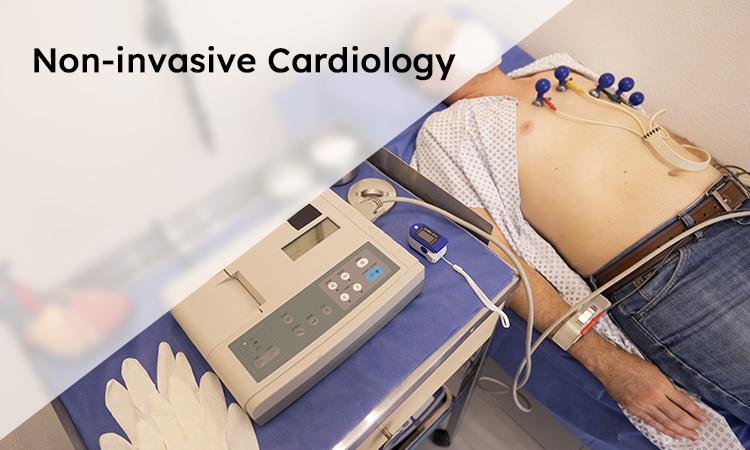
48-Hour ECG Holter Monitor
| Test Name: | 48-Hour ECG Holter Monitor |
|---|---|
| Test Component: |
An
ECG (electrocardiogram) is a non-invasive diagnostic test that records the
electrical activity of the heart. It involves placing small, sticky patches
called electrodes on the chest, arms, and legs, which are connected to a
machine that records the heart's electrical signals.
|
| Testing Cut-off Time: | - |
| Methodology: | Non-invasive cardiology refers to a branch of cardiology that involves the use of non-invasive techniques and procedures to diagnose and treat heart and cardiovascular diseases. These techniques include various imaging techniques such as echocardiography, nuclear cardiology, and cardiac magnetic resonance imaging (MRI), as well as electrocardiography (ECG) and stress testing. . |
| Description: | Non-invasive cardiology is an important field in the diagnosis and treatment of heart disease, as it allows doctors to accurately assess the health of the heart and blood vessels without the need for invasive procedures. This can help doctors to detect heart disease early, as for why we should care about non-invasive cardiology, heart disease is one of the leading causes of death worldwide. Non-invasive cardiology techniques play a vital role in the prevention, diagnosis, and treatment of heart disease, helping patients to live longer, healthier lives. By promoting non-invasive cardiology, we can improve access to high-quality heart care and reduce the burden of heart disease on individuals and society as a whole.. |
| Collection Instruction: | Non-invasive techniques do not involve surgery or the use of needles, fluids and catheters. Analyze and diagnose heart conditions using various tools and techniques like nuclear cardiology, echocardiography, cardiac electrophysiology, stress tests and heart monitors. |
| Department: | Diagnostics |
| TAT: | - |
| REQUISITIONS AND CLINICAL PREREQUISITES: | Noninvasive cardiology is cardiology that doesn't require the cutting or piercing of your skin. Usually, this focuses on the use of procedures to diagnose heart problems, such as: Chest x-rays. Electrocardiogram (EKG / ECG) Echocardiography. |



